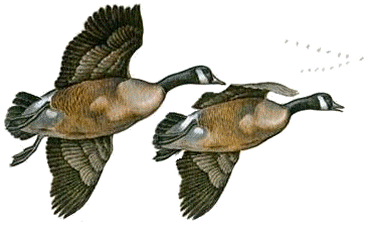 |
 |
| Bueker Development Inc. 4146 Lakeshore Rd, Manistee, MI 49660 | 231-398-9474 |
|
|
What is a Septic System? A conventional septic system consists of three main parts:
Septic tank The Septic Tank A temporary, watertight holding tank for waste, often buried near the house. Tanks usually have a capacity of 1,000 or more gallons. Solids settle to the bottom of the tank and form a layer of sludge. Liquid waste exits near the top of the tank and flows through distribution pipes in the drainfield. Septic Drainfield Multiple, gravel-lined trenches, usually 2-3 feet deep, where liquid that exits the tank flows. The drainfield is positioned so that gravity allows liquid waste to flow and become distributed into the area. Perforated distribution pipes are placed in drainfield trenches, ensuring that liquid waste can drain over a large area. The bottoms of the trenches are at least 12 inches above the groundwater table, sometimes more depending on the type of soil, so that waste is neutralized before entering. The drainfield is covered with soil before the system is used. How to Care for Your Septic Tank and Septic System Taking care of your septic system isn't difficult, because modern systems function efficiently when you follow a few basic guidelines. Don't Overload the Septic Tank and Drainfield Check faucets and toilets for leaks; make repairs if necessary. Use aerators on faucets and flow reducer nozzles on showers to help lower water consumption. Reduce water levels for small loads of laundry. Wait until the dishwasher is full to run it. Use a displacer to reduce the amount of water needed to flush the toilet. Keep Trees Away from the Septic System Discourage root damage by keeping trees at least 100 feet away from the septic system. Trees with very aggressive roots, such as willows, should be even farther away from the system. The Toilet Isn't a Garbage Disposal Never flush cat litter, disposable diapers, sanitary napkins, tampons, paper towels, facial tissues, coffee grounds, or cigarette butts and filters. They'll clog your septic tank in less time than you might imagine. Use Garbage Disposals Wisely A garbage disposal can double the amount of solids added to a septic tank. Choose a top-line disposal that grinds food into tiny particles that are easier for a system to digest. Minimize Heavy Duty Cleaners Overuse of heavy cleaners kills beneficial bacteria in the septic tank, so solids won't break down as well. Do Not Pour Grease Down the Drain Grease can clog the septic drainfield, making it impossible for soil to absorb liquids. If that happens you'll need a new drainfield. Avoid Hazardous Chemicals Varnish, paint thinners, motor oils, gasoline and other similar chemicals can ruin your system and are a hazard to groundwater. Dispose of them properly. Protect the System from Damage Do not drive over the drainfield, build a structure on top of it, or cover it with concrete or asphalt. Perform Regular Maintenance Solids must eventually be pumped from the tank. Many experts advise a family of four with a 1,000 gallon septic tank to have the tank pumped after 3-5 years of full time use. Other experts say you can go much longer between pumping operations. Never attempt to open a septic tank yourself. Gases and bacteria in it are dangerous. |
|
| |